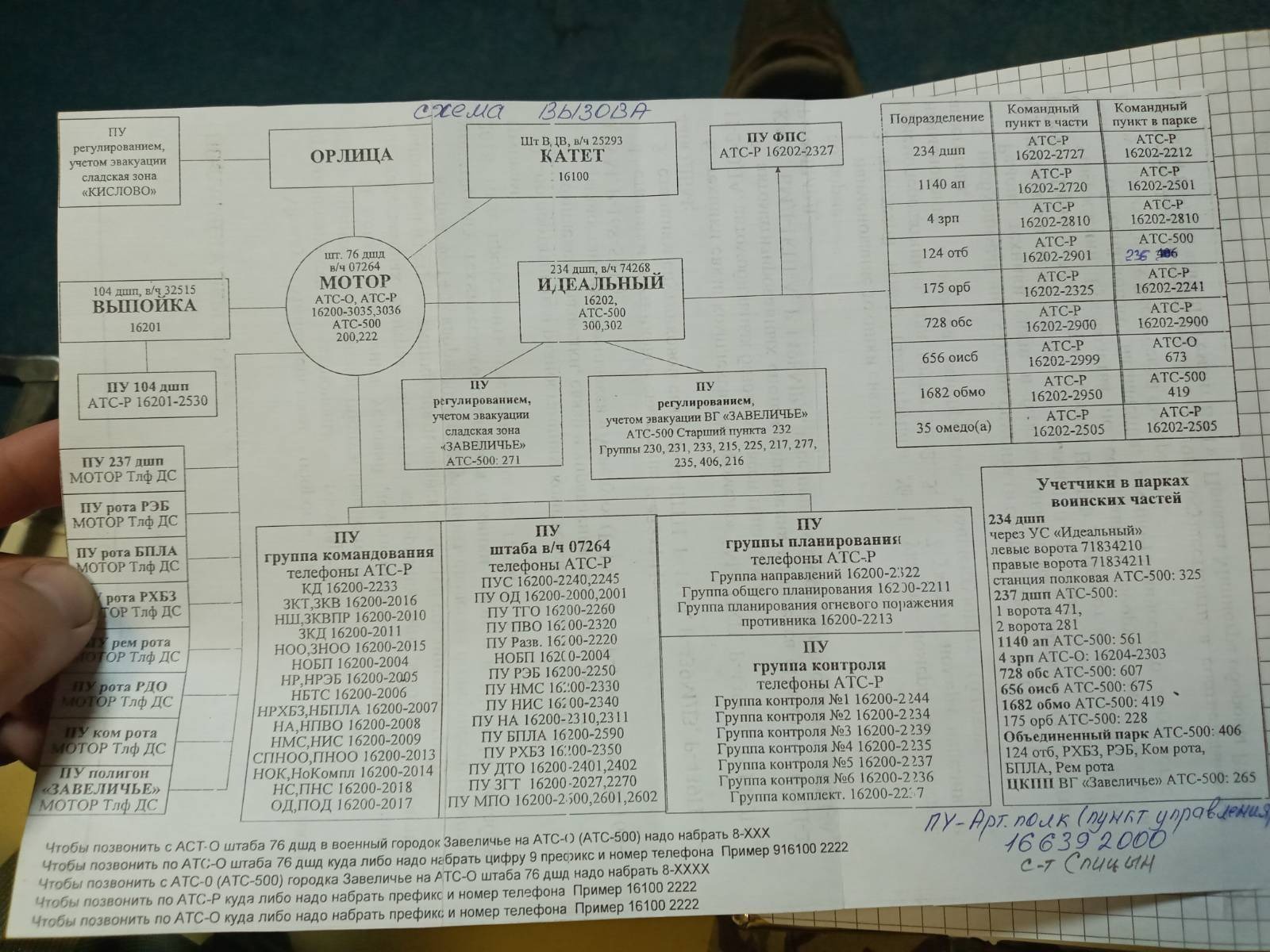The United States, observing Putin’s war, has come to realize that its own defense and industrial capabilities are limited. This has prompted it to cooperate more closely with partner countries, particularly in the Pacific region.
Australia is currently working on deploying the production of PrSM long-range guided missiles, while Japan plans to double its production of Patriot anti-aircraft missiles.
At present, Japan is capable of producing only 30 Patriot anti-aircraft missiles per year and intends to increase this figure to at least 60 units per year. However, this depends on the steady supply of rocket engines from the US.
Similar challenges arise in Japan’s intention to organize joint production with the US of SM-6 naval anti-aircraft missiles, which can shoot down air targets at a distance of up to 240 kilometers, or fire in surface-to-surface mode at a distance of 370 kilometers. In other words, the intention to scale up SM-6 production also runs up against the need to obtain engines for them. At the same time, American companies are interested in maximizing production volumes.
As of January 2025, following a 15-month campaign against Yemeni Houthis in the Red Sea, the US Navy had fired 80 SM-6 missiles and 120 SM-2 anti-aircraft missiles. At the same time, it was separately noted that the “alarming rate of consumption” of such missiles “could significantly affect security in the Pacific region.”
As for Australia, in addition to the aforementioned PrM, this country also wants to jointly produce GMLRS guided missiles and promising HACM hypersonic missiles with the US.
Australia is also working with the Norwegian company Konsberg to deploy the production of NSM anti-ship missiles and JSM cruise missiles. This will be the first example of such missiles being produced outside Norway.
The idea of launching missile production in Japan and Australia is interesting because it could increase US influence in a region that is strategically important to them.
However, such plans clearly involve an increase in the efforts of the US military-industrial complex, particularly in the production of scarce rocket engines. The question that logically arises is: how might such actions affect Europe? Europe is not homogeneous. But those who are able to increase their own defense production will have a much better negotiating position in the future.








